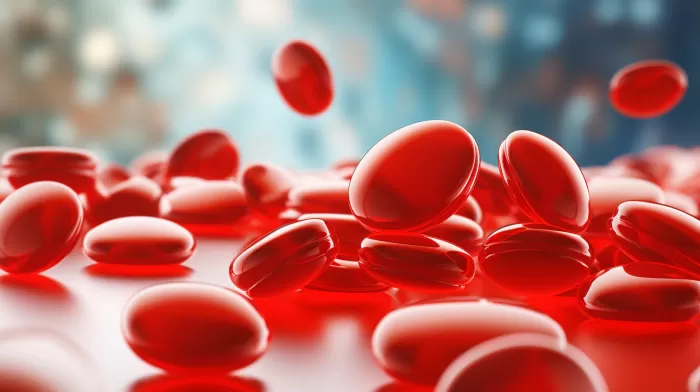Blood is responsible for carrying oxygen to every cell in your body, and it relies on a protein found within red blood cells called hemoglobin to do so. However, research from the Johns Hopkins Children’s Center has found that a significant vitamin deficiency might be putting children at a high risk of anemia and decreasing their hemoglobin levels.
The Importance of Vitamin D
After analyzing blood samples from over 10,000 children, the researchers discovered a direct correlation between low vitamin D levels and low hemoglobin levels. This important nutrient can help protect against anemia and maintain healthy hemoglobin production to ensure your body gets the oxygen it needs.
What’s more, the research uncovered a difference between races when it came to anemia and vitamin D levels. Black children were found to have higher rates of anemia compared to white children (14% versus 2%). Additionally, they had significantly lower overall vitamin D levels. Yet, the risk of anemia in black children didn’t increase until their vitamin D levels dropped far lower than those of their white counterparts.
Meredith Atkinson, a pediatric kidney specialist at Johns Hopkins Children’s Center, said that the noticeable racial differences “should serve as a reminder that what we may consider a pathologically low level in some may be perfectly adequate in others,” thus raising questions regarding our one-size-fits-all approach to treatment and supplementation.
Dangerous Consequences of Neglecting Vitamin D
Chronic anemia and vitamin D deficiency, if left untreated, come with potentially severe consequences, including organ damage, skeletal deformities, frequent fractures, and premature osteoporosis later in life.
Getting Enough Vitamin D
With such significant implications for our health, it’s crucial to ensure we get sufficient vitamin D. This vitamin can be synthesized by our skin when exposed to sunlight. However, depending on factors such as weather, time of day, and how far north you live, it may be challenging to get enough vitamin D from sunlight alone, especially during the winter months.
The National Institutes of Health recommends a daily vitamin D intake of 15 mcg (600 i.u.) for children and adults up to 70 years of age and 20 mcg (800 i.u.) for those over 70 years of age.
To help maintain adequate vitamin D levels, you can look to your diet and include foods rich in this vitamin like fatty fish (salmon, mackerel, and tuna), fish liver oils, fortified dairy and orange juice products, as well as certain mushrooms. For people who don’t eat many of these foods or live in regions with limited sunlight, a vitamin D supplement may be beneficial.
Anemia Is Not the Only Risk
Low vitamin D levels don’t just contribute to anemia and reduced hemoglobin production. They have also been linked to numerous other health issues that could affect any age group. These include weaker immune systems, fatigue, bone pain, slower wound healing, and respiratory problems.
In adults, vitamin D deficiency is also associated with an increased risk of heart disease, hypertension, diabetes, and certain cancers. Furthermore, pregnant women experiencing vitamin D deficiency could be putting their babies at risk of low birth weight or even premature birth.
The Bottom Line
Considering the profound impact of low vitamin D levels on our overall health, it’s essential to be mindful of your intake. Whether through limited sun exposure, dietary changes, or supplements, make sure you and your family are getting the recommended amounts to help protect against anemia and other severe health issues. By paying attention to your vitamin D levels, you can better safeguard your health and wellbeing.



